The Carpenters
Ours is a work of wood.
It’s what we do, you see:
shaping, planing,
one piece to the other,
length by length
and beam by heavy beam,
cut from the cedar tree.
Adze, plane, auger and saw
chest for a dowry, lintel for a door.
There’s two of us
here in this workshop
scuffing through shavings,
with orders stacking up
and another just come round:
three more beams needed -
only the cross-beams, of course.
The long uprights
wedged, thrust deep into the ground
stand waiting up there on the hill
and we wonder:
this time, who’ll ride the thunder?
Maybe three rebels,
their shouts of sedition unheeded
or they could be three robbers,
bound for heaven or hell -
or neither of these, who’s to tell?
As if confirmation was needed.
As if confirmation was needed.
They say some prophet on a donkey
who was greeted like a king
rode by a week ago or more.
But prophet or king,
he’ll wear our wood on his back
and that’s for sure -
bent with the weight of earthly folly
and there’s no lack
of that - not yesterday
or any time before.
So we’ll shape this tree for a king
and we’ll shape it good
and he’ll carry it up that shadowed hill
and he’ll feel the rub of our wood
and he’ll know its tender mercies
and they’ll be both his and ours
but he’ll feel the weight of our wood no more
as it carries him to the stars.
Painting: artist untraced


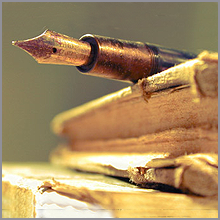
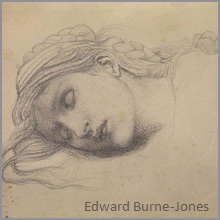
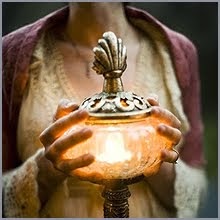
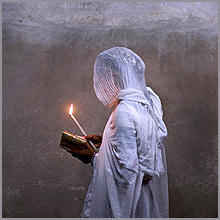
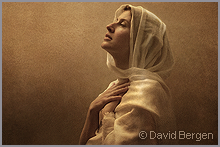
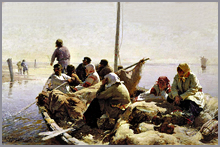
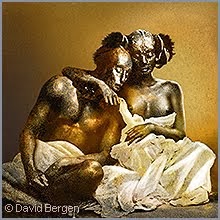


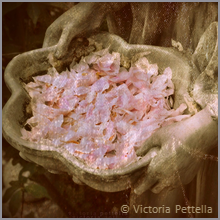
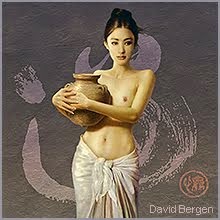

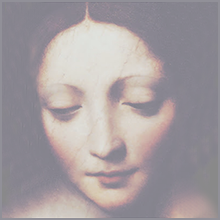

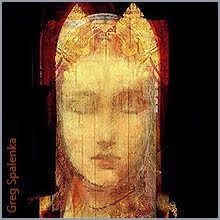
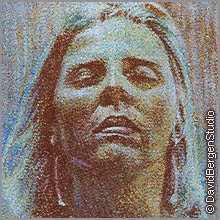











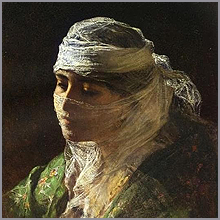
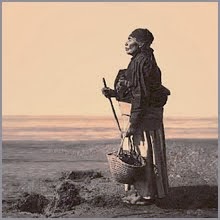

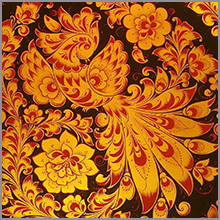

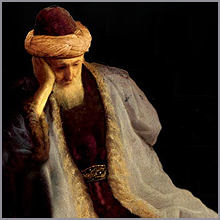
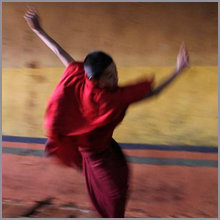




On a point of history: what we discovered while writing this was that, contrary to the way things are usually depicted, it was the cross-beam and not the complete cross that the condemned was made to carry to the site of execution. The upright of the cross remained on the site, wedged into the ground with two large wooden blocks front and back to keep the weight of the complete cross with its crucified victim stable. The artist who painted this picture therefore portrayed things accurately - one of the very few, apparently, to do so.
ReplyDeleteThe poem depicts the thoughts of contemporaneous carpenters making the beams to be used in the crucifixion. It was a cruel and gruesome execution indeed. Like the painting the carpenters are portrayed as stoic men having pride in their craft, taking their craft seriously, and performing their work very methodically and meticulously. The poem seems to enter the minds of the carpenters. It is interesting to imagine what the events leading up to the crucifixion must have seemed like from their perspective! Hawkwood has astutely pointed out that it was the cross beam that was carried and not the entire cross, as the cross itself would have weighed too much for one man to drag or carry. There is some evidence that the beam may have been hoisted on top of the upright beam, creating a "T" shape. Perhaps these things detract from traditional image and were left for curious scholars to discover. It is ironic that Jesus was also a carpenter!
ReplyDelete